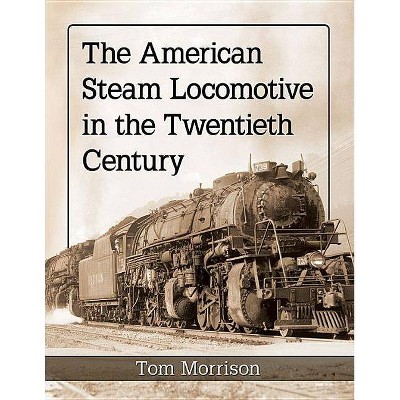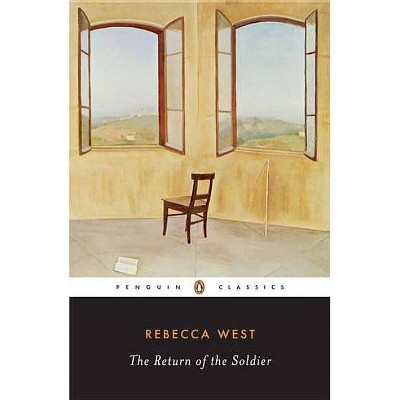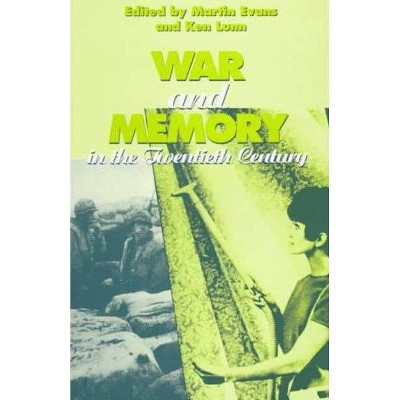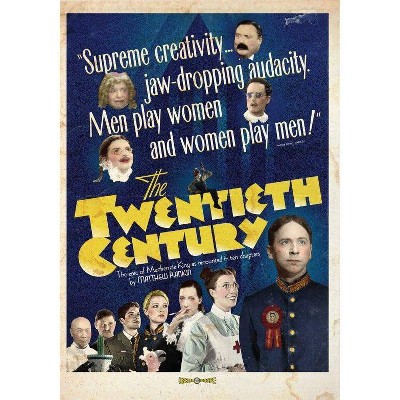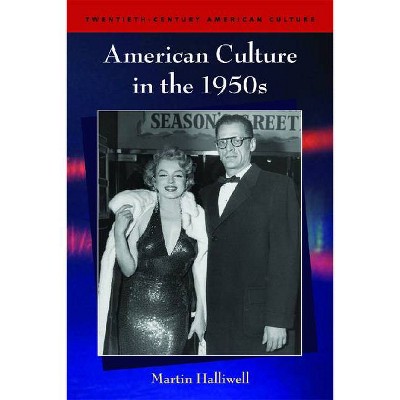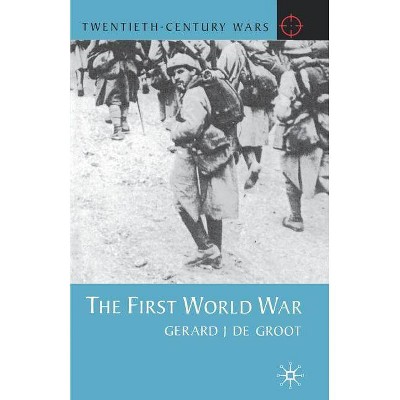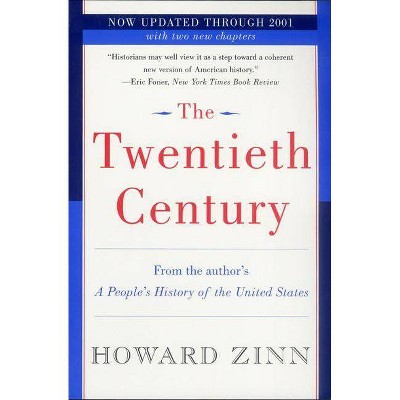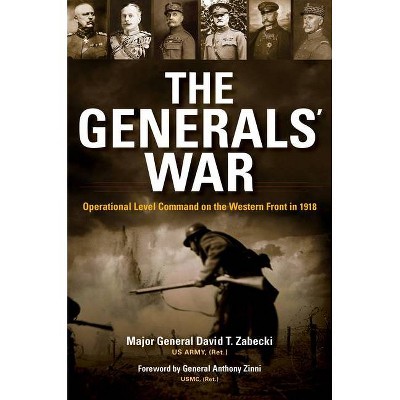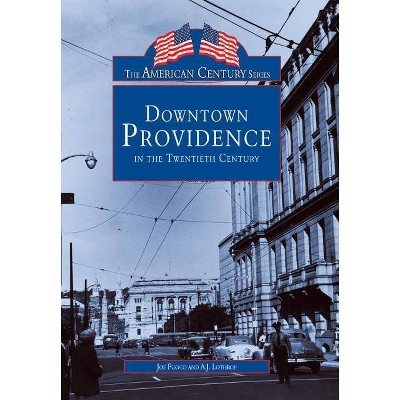The Bad City in the Good War - (American West in the Twentieth Century) by Roger W Lotchin (Paperback)
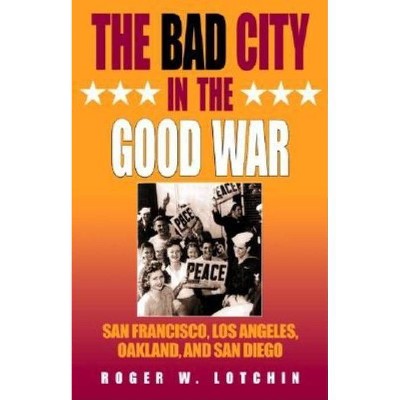
Similar Products
Products of same category from the store
AllProduct info
<p/><br></br><p><b> About the Book </b></p></br></br>The Bad City in the Good War is a comprehensive local history of the California home front that restores a little-known part of the story of the Second World War.<p/><br></br><p><b> Book Synopsis </b></p></br></br><p>Riders were very appropriate to a western war, but these horsemen could not have been more different. One group patrolled the oceanfront of 'The City' after dark. While the residents of the nearby Sunset District and Seacliff huddled around the radios in their living rooms, curtains pulled and blinds lowered, listening to war news or to 'One Man's Family, ' other residents rode the beaches. Mounted on their own ponies, the men of the San Francisco Polo Club labored through the sands of China Beach, Baker Beach, and the Ten Mile Beach, looking for Imperial Japanese intruders. --from the book</p><p>In the mythology of the West, the city was seen as a place of danger and corruption, but the bad city proved its mettle during the Good War. In this book, Roger W. Lotchin has written the first comprehensive study of California's urban home front. United by fear of totalitarianism, the diverse population of California's cities came together to protect their homes and to aid in the war effort. Whether it involved fighting in Europe or Asia, migrating to a defense center, writing to service personnel at the front, building war machines in converted factories, giving pennies at school for war bonds, saving scrap material, or pounding a civil defense beat, urban California's participation was immediate, constant, and unflagging. Although many people worked in offices, factories, or barracks, the wartime community was also fed by a vast army of volunteers, which until now has been largely overlooked. The Bad City in the Good War is a comprehensive local history of the California home front that restores a little-known part of the story of the Second World War. </p><p/><br></br><p><b> Review Quotes </b></p></br></br><br><p>..". Contrast the stereotype of the cowboy herding cattle through the wide--open spaces of the West, to the WWII Buffalo Soldiers riding border patrol, and extend that image to the polo player riding his expensive, precision pony on night patrol on the Bay Area beaches, and you have a complex picture of a diverse California. Lotchin shows how all of these seemingly incongruous images were part of the excess human resources applied toward the war effort in World War II..." --USA, September, 2006</p><br><br><p>"' a major force in the war against totalitarianism. According to Lotchin, 'Cities have a greater capacity to serve a society at any given time than is evident or than they are usually called upon to use' (p. 52). While he also notes that rural areas contributed to the war effort, Lotchin explains that industrial output is best suited to cities, and this was especially true of California cities in World War II. He unequivocally declares that the degree of urbanization within the state at that time, due mostly to the political and business boosters, allowed the federal government to step in and more efficiently and cheaply amass resources for the war effort. The freeways, city infrastructures, power plants, aqueducts, excess housing, and recreational spaces 'allowed the government to evade many of the costs of war' (p. 70). As Lotchin makes clear, each of the major cities were underutilizing their resources and the federal government was able to redirect that 'ammunition' toward fighting the war. These resources made 'Fortress California" --</p><br><br><p>"For those of us who have lived in California, we know first--hand what a state of unification means to the individual Californian--an uneasy truce in the old cultural chasm that historically divided the state along north--south lines. The north has always had an abundance of resources that it has had to share with the south, most specifically water resources. But also the state has been divided by cultural differences. California has always had a disparate cast of characters who personify its distinctive qualities. Think of President Ronald Reagan and Supreme Court Justice Earl Warren and you have two figures that personify the north--south conservativliberal divide. Think about the surfin' safari lifestyle personified by the songs of the Beach Boys who hailed from southern California. Now compare this with the counterculture music of the Grateful Dead or the Jefferson Airplane, both based in northern California. Several times in the twentieth century, Californians voted down ballot measures to split the state between North and South, divvying up those two major cities of San Francisco and Los Angeles. But, by voting down these measures, Californians did not vote to unify; they voted against divorce or dissolution. Two different cultures exist in those locales, best personified today by 'The Govenator' Arnold Schwarzenegger (Los Angeles) and that firebrand of a little pixie, Senator Barbara Boxer from San Francisco. Somehow these disparate characters coexist in one state, with one government, like two people who have decided to stay married even though they have nothing in common." --</p><br><br><p>"From her glamorous Seacliff neighborhood, Californian Senator Diane Feinstein today might ponder her state's involvement in Iraq, but I wonder if she knows that pony riders from the San Francisco Polo Club conducted coastal surveillance to protect her exclusive neighborhood against possible Japanese invasion in World War II? Also, in WWII, armed cowboys rode through the Hollywood hills patrolling against saboteurs who might try to disrupt the war production plants in the area. Contrast the stereotype of the cowboy herding cattle through the wide-open spaces of the West to the WWII Buffalo Soldiers riding border patrol, and extend that image to the polo player riding his expensive, precision pony on night patrol on the Bay Area beaches, and you have a complex picture of a diverse California. Lotchin shows how all of these seemingly incongruous images were part of the excess human resources applied toward the war effort in World War II. Bringing together all of these disparate and vast resources from urban California unified the state with a single vision or purpose." --</p><br><br><p>"Lotchin takes aim at homefront historians who have been adding the story of African Americans, women, and ethnic Americans in California to the narrative of World War II. He finds their social histories a necessary corrective to the more common battle histories or presidential policy analysis of yesteryear, but he says that the newer focus on the impact of war on society omits the urban dimension of that war. This is really a spurious claim as the African Americans, women, and ethnic groups who have been highlighted in other World War II social histories, mostly hailed from cities, and thus the dependent variable in all of these valuable histories is the city, Lotchin's same variable. His claim that this book, along with his 2002 companion collection of essays, Fortress California, provide a much needed interpretive framework seems a bit too self--aggrandizing. He does not even employ the ironic questioning of World War II as the 'good war' as Studs Terkel called for in his so-named collection of oral histories." --</p><br><br><p>"Lotchin's unifying thread or thesis is that California cities, filled with vastly different Californians, unified to apply their underutilized resources to the war effort. Lotchin applies Robert Merton's sociological theory of 'latent resources' to the output of 'Fortress California' during World War II. Most urban areas at any given time have unused resources, such as excess housing in the form of empty office space; under-utilized transportation systems; and seldomly used places of worship parks, harbors and beachfronts. During an emergency such as World War II, these underutilized resources may be exploited and become powerful ammunition. Putting aside their differences, San Francisco, Los Angeles, San Diego, and Oakland lent their latent resources to the war effort and significantly contributed to an Allied victory." --</p><br><br><p>"Perhaps it is the origin of the state's people that adds to the cultural discontinuity. But as Lotchin discovered, state of origin was not a disuniting force during World War II. Then the majority of San Francisco's population was born in the West, while in Los Angeles, a majority of the population was born outside of the region. During the war years, African Americans migrated into many California cities and 'ushered in some dramatic population changes, ' yet this demographic shift also did not work to disunite the state. In his nine smartly written chapters, Lotchin shows how in World War II the usual north-south hostilities were put aside in favor of a united front against the totalitarian governments who were threatening California cities and beaches. This united California was a unique condition that prevailed during the war years and was mostly realized by her cities combining resources to fight fascism." --</p><br><p/><br></br><p><b> About the Author </b></p></br></br><p>Roger W. Lotchin is Professor of History at UNC, Chapel Hill. He writes books and articles on California and western history, American urban history, and the history of the U.S. home front in World War II. He is a jazz buff and an avid traveler, photographer, stonemason, and tennis player.</p>
Price History
Price Archive shows prices from various stores, lets you see history and find the cheapest. There is no actual sale on the website. For all support, inquiry and suggestion messagescommunication@pricearchive.us
